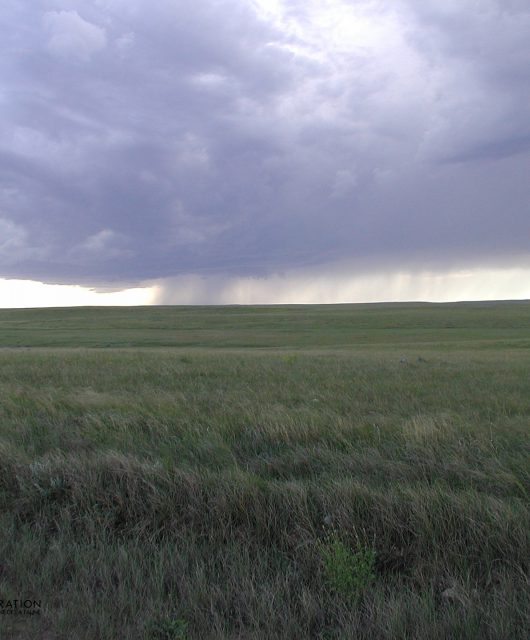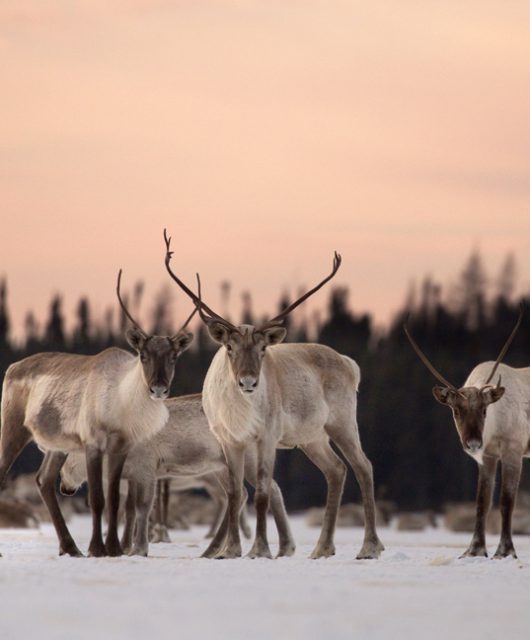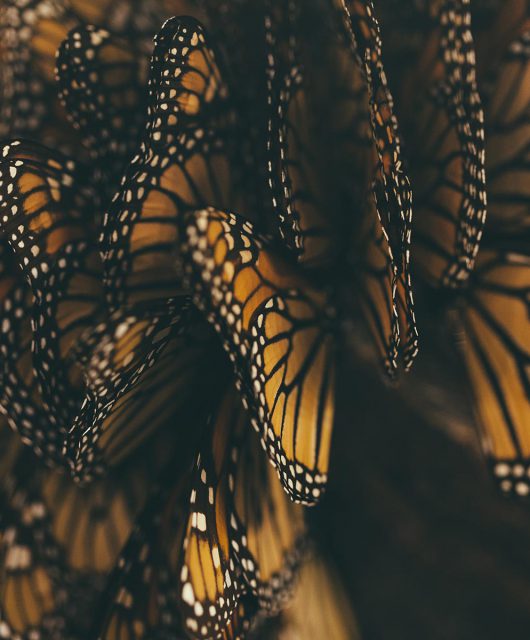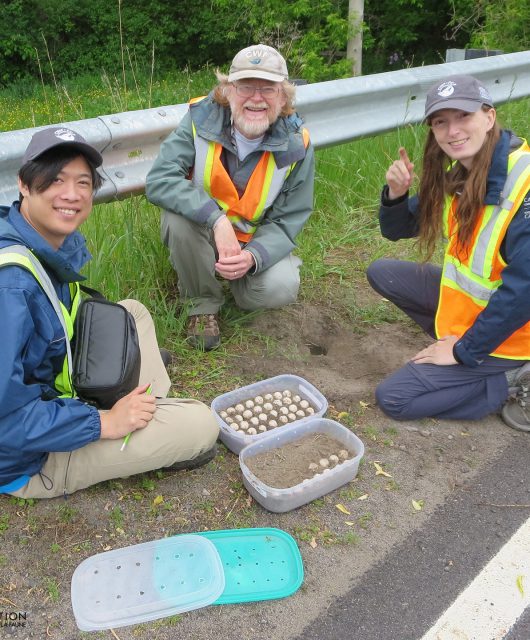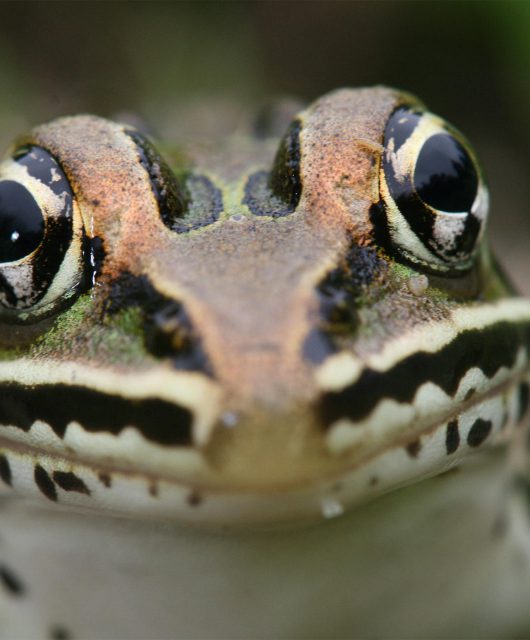Working on a winter science project not long ago, my team was struggling to find the groups of elk we needed for the study.
Elk were around, but well hidden from view. Clever as we are, we thought that if we used heat-detecting, infra-red binoculars (also known as FLIR) we would be able to easily detect the bright red signature of a heat producing large mammal in the freezing winter surroundings.
Turns out that nature is far more clever than us — we couldn’t detect a single animal thorough our fancy binoculars. Elk, and most other large mammals living through the prairie winter, are so well insulated that they appeared cold blue in the infra-red light, exactly like their snowy surroundings. The only place where heat is given off is through their nose and mouth. Even at -30°C, the fur of elk, bison, deer and Pronghorn will keep them toasty, holding the warmth close to their bodies where they need it the most.
Cool Adaptations to Winter
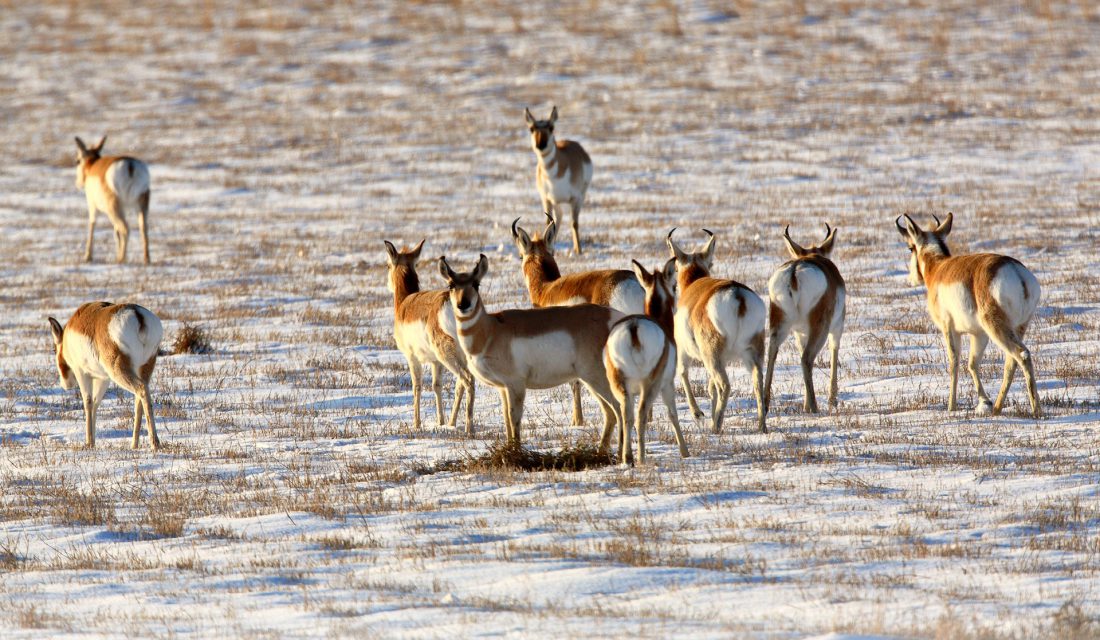
Large mammals that live on the open prairies have a lot of pretty “cool” adaptations to winter life. Think how tough it is for the grass eaters, which most of them are. There is no green grass anywhere, and to get at even scraps of dried grass, they have to paw through a crust of frozen snow first. To cope with the hunger that must nag at grazers all winter long, they purposely slow down their body functions in winter to be less hungry. They move less, grow less, and, as a result, eat less during the winter. Certainly this is a clever response to living through season with less to eat. Imagine how good those first few green grass sprouts must look to a Plains Bison in the spring!
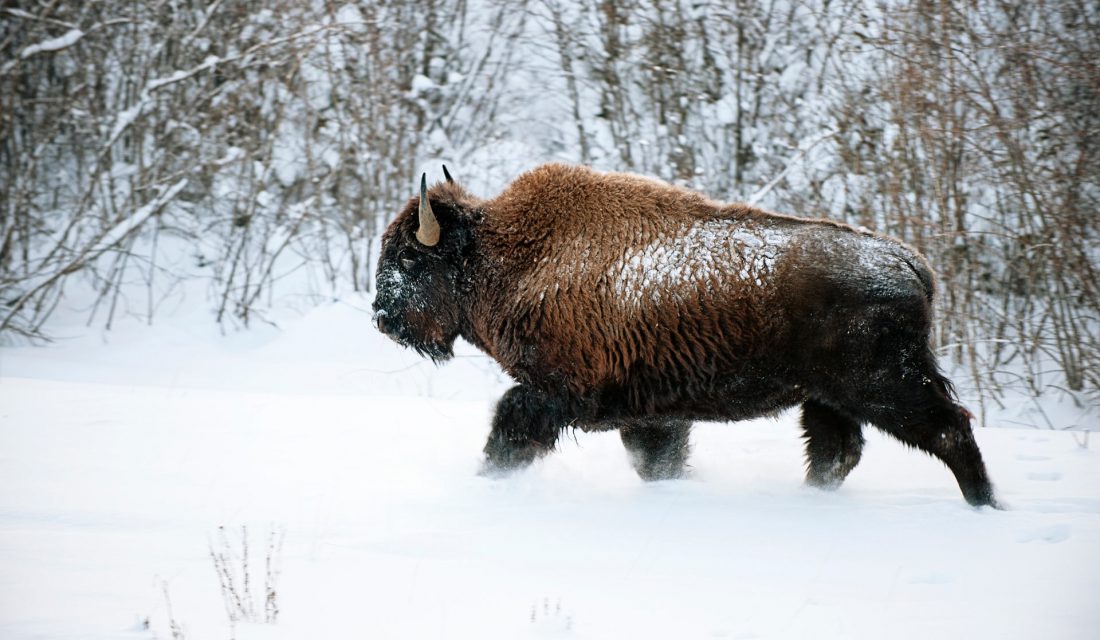
Perhaps the most important adaptations of large North American prairie animals is how — and where — they store fat for winter insulation and energy reserves. Large mammals in the cold north store most of their fat just beneath the skin so that it acts as an insulating layer against the cold air and biting wind in a shelter-less prairie. And most of that fat is concentrated along the upper back — particularly in bison — to keep their vital organs warm. This fat gradually disappears over the winter but is regrown over the summer as the bison move and graze in an endless search for the delicious, green grass that they know won’t be there in the winter.
There is no doubt that winter is a challenge for the large animals living on Canada’s Prairies. There is nowhere to hide from the wind and cold. But rather than feel sorry for that bison in a prairie blizzard moving slowly across an open prairie, its fur covered in a blanket of snow, marvel at the adaptations that makes that scene possible. The snow is not melting because all that heat that this amazing animal is generating is trapped under its own winter parka of thick fur and fat. It doesn’t need to dig through the snow for food because it is not that hungry.
It is walking in a winter wonderland.

